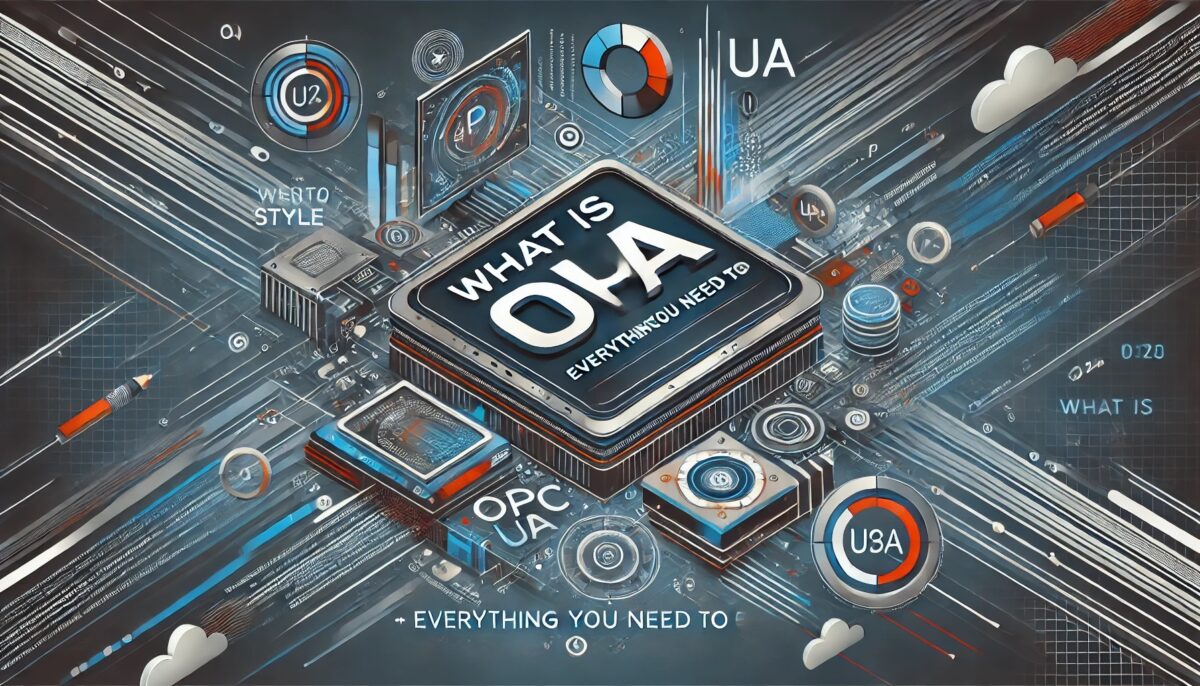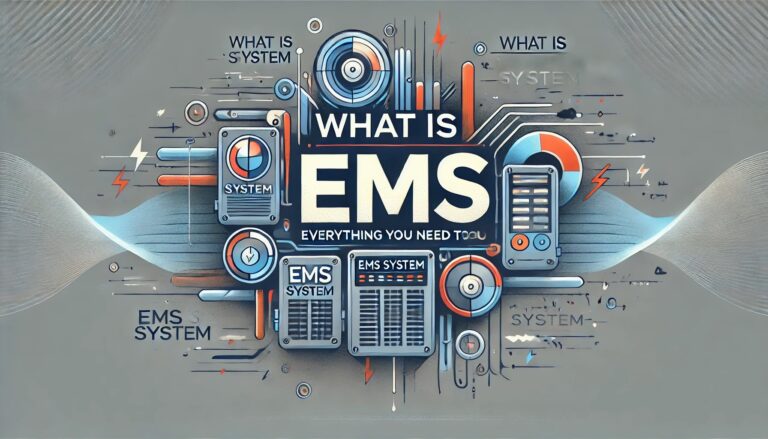Introduction
In the realm of industrial automation and IoT (Internet of Things), OPC UA stands out as a cornerstone technology facilitating seamless data exchange and interoperability between diverse industrial systems. Originating from the Open Platform Communications (OPC) Foundation, OPC UA (Unified Architecture) has emerged as a robust standard for secure and reliable industrial communication, transcending geographical boundaries including India.
Understanding OPC UA
OPC UA is a machine-to-machine communication protocol for industrial automation developed to enable reliable and secure data exchange in various industries. It serves as a unified framework that ensures interoperability between different systems, regardless of the manufacturer or platform, fostering easier integration and scalability in industrial environments.
Key Features and Benefits
Interoperability:
One of the fundamental advantages of OPC UA is its ability to facilitate seamless communication between devices and systems from different vendors, crucial in the diverse and expanding industrial landscape of India.
Security:
OPC UA incorporates advanced security features including encryption, authentication, and authorization mechanisms, ensuring data integrity and protecting against cyber threats, which is paramount in India’s rapidly digitizing industrial sectors.
Scalability:
With support for both small-scale applications and large-scale industrial systems, OPC UA accommodates the growing needs of Indian industries ranging from manufacturing to energy and beyond.
Reliability:
Built-in redundancy mechanisms and robust error handling ensure continuous operation, critical for industries in India where uptime and reliability are paramount.
Information Modeling:
OPC UA’s flexible information modeling capabilities allow industries in India to define complex data structures and relationships, facilitating comprehensive data representation and analysis.
OPC UA in the Indian Context
India’s industrial landscape, characterized by diverse sectors such as automotive, pharmaceuticals, energy, and infrastructure, increasingly relies on automation and digital transformation. OPC UA plays a pivotal role in these sectors by:
Enhancing Efficiency:
By enabling seamless integration and communication between disparate systems, OPC UA helps streamline operations and improve overall efficiency, crucial for India’s manufacturing competitiveness.
Facilitating IoT Integration:
As India embraces IoT technologies across industries, OPC UA provides a standardized framework for integrating IoT devices with existing industrial systems, ensuring compatibility and interoperability.
Meeting Regulatory Standards:
OPC UA’s robust security features align with India’s regulatory requirements, particularly in sectors like pharmaceuticals and utilities, where data security and compliance are stringent.
Applications Across Industries
Automotive:
OPC UA facilitates real-time data exchange between production line equipment and ERP systems, optimizing manufacturing processes in Indian automotive plants.
Pharmaceuticals:
In India’s pharmaceutical sector, OPC UA ensures secure and compliant data transfer between manufacturing equipment and quality control systems, supporting regulatory adherence.
Energy:
OPC UA enables seamless communication between renewable energy generation systems and grid infrastructure, contributing to India’s renewable energy goals through efficient operation and monitoring.
Infrastructure:
From smart cities to transportation networks, OPC UA supports interoperability between diverse infrastructure systems, enhancing reliability and service delivery.
Future Outlook
As India continues its journey towards Industry 4.0 and digital transformation, OPC UA’s role is poised to expand further. With ongoing initiatives like “Make in India” and investments in smart manufacturing, the adoption of OPC UA will likely accelerate across sectors, driving innovation and competitiveness.
Conclusion
OPC UA stands as a testament to the evolution of industrial communication standards, offering India’s industries a reliable pathway towards interconnected and efficient operations. As the country embraces digitalization and automation, OPC UA’s robust features and benefits position it as a cornerstone technology for achieving operational excellence and global competitiveness in the 21st century. In essence, OPC UA not only addresses the current challenges of interoperability and security but also lays a foundation for India’s industrial future, characterized by seamless integration, enhanced efficiency, and sustainable growth.








